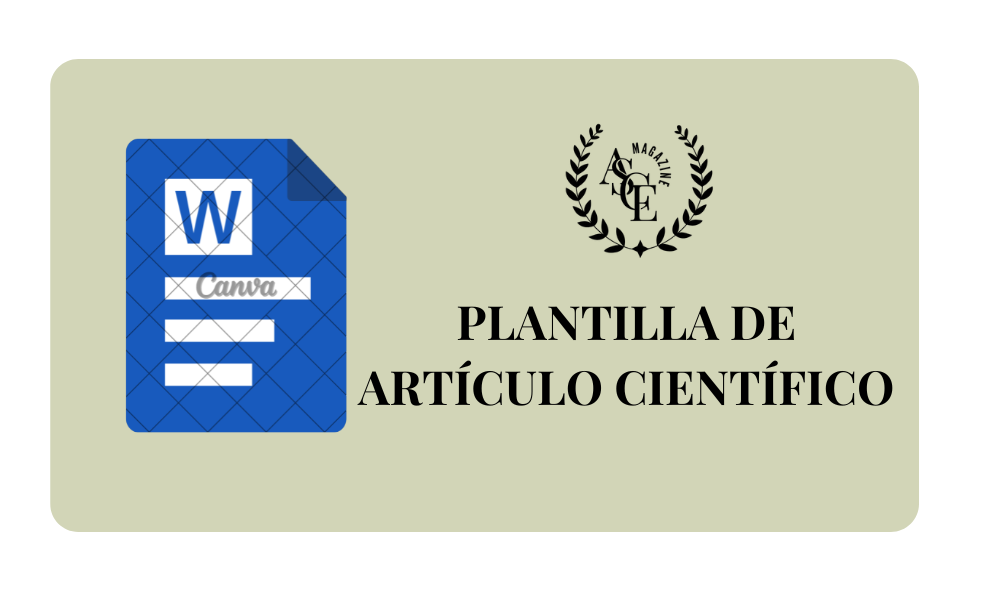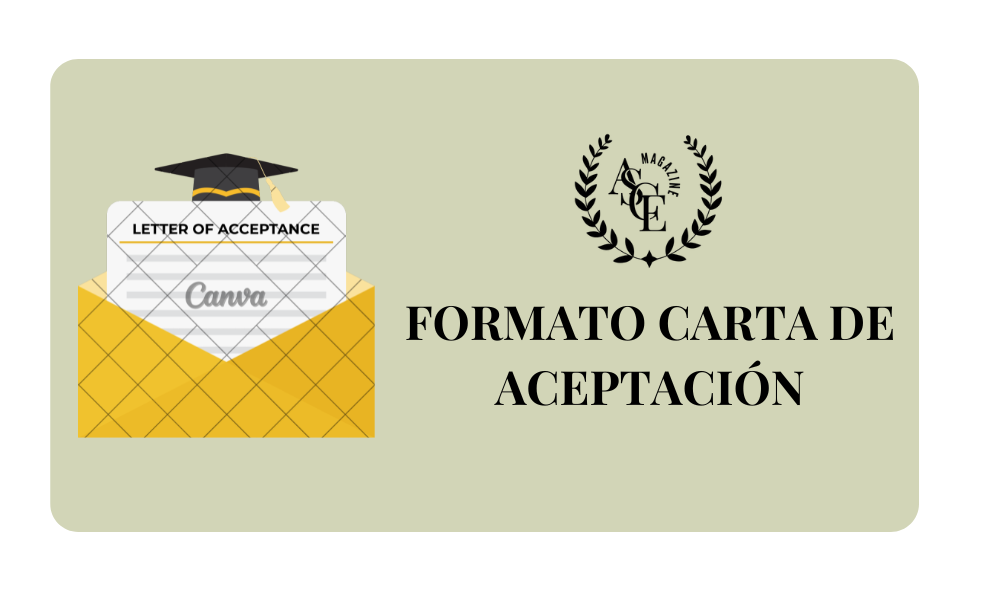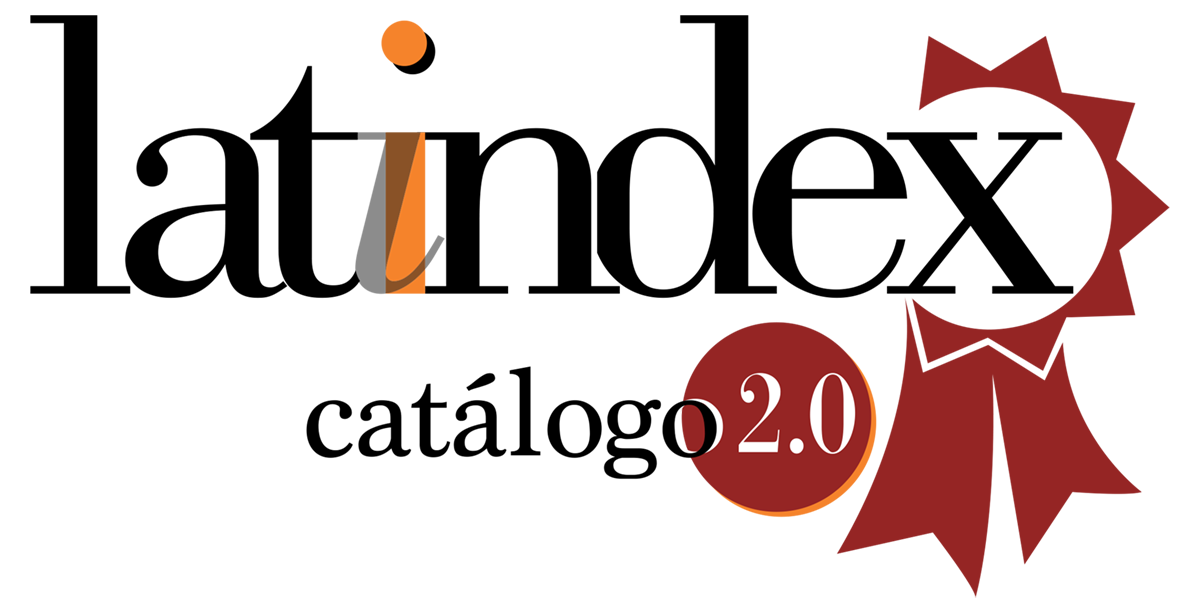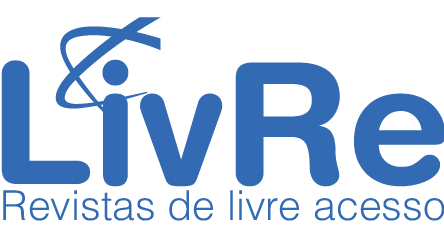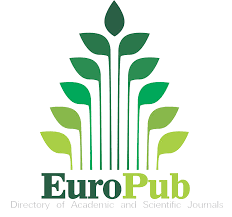ADN fetal libre en sangre materna y marcadores ecográficos en el primer trimestre.
DOI:
https://doi.org/10.70577/ASCE/471.496/2025Palabras clave:
ADN fetal libre; Cribado prenatal; Aneuploidías; Marcadores ecográficos; Primer trimestreResumen
Las aneuploidías fetales constituyen una causa importante de morbilidad y mortalidad perinatal, por esta razón la búsqueda de métodos diagnósticos eficaces y seguros ha sido una prioridad en el ámbito del cribado prenatal. El objetivo fue describir la utilidad del ADN fetal libre en sangre materna y los marcadores ecográficos del primer trimestre en la detección temprana de anomalías congénitas, mediante una revisión de la literatura científica reciente. Se llevó a cabo un análisis documental, descriptivo y retrospectivo, con la selección de 30 referencias bibliográficas correspondientes a estudios publicados entre 2020 y 2025. Los resultados mostraron que tanto el análisis de ADN fetal libre como los marcadores ecográficos presentaron altos niveles de sensibilidad y especificidad para la detección de trisomías. Se identificó que el uso combinado de ambas estrategias mejora significativamente la precisión del cribado, reduce la necesidad de pruebas invasivas y permite una mejor estratificación del riesgo fetal. En conclusión, la integración del análisis de ADN fetal libre en sangre materna con los marcadores ecográficos del primer trimestre representa una herramienta diagnóstica de alta utilidad para un abordaje prenatal integral y seguro.
Descargas
Citas
1. Carbone L, Cariati F, Sarno L, Conforti A, Bagnulo F, Strina I, et al. Non-Invasive Prenatal Testing: Current Perspectives and Future Challenges. Genes (Basel) [Internet]. 2020 Dec 24;12(1):15. Available from: https://doi.org/10.3390/genes12010015
2. Peraza de Aparicio CX, Vera Ramírez MC, Vera Ramírez RS, Zumba Prado PE. Síndrome de Patau: Características, diagnóstico y desafíos para el enfermero. RECIMUNDO[Internet]. 2024 Mar 5;8(1):473–87. Available from: https://doi.org/10.26820/recimundo/8.(1).ene.2024.473-487
3. Madrigal Bajo I, Jodar Bifet M, Badenas Orquin C. Implementación del ADN libre circulante para la detección de aneuploidías fetales. Advances in Laboratory Medicine / Avances en Medicina de Laboratorio[Internet]. 2025 Feb 28. Available from: https://doi.org/10.1515/almed-2024-0110
4. Rodríguez PD. Utilidad del ADN fetal en sangre materna para el cribado neonatal. FMC[Internet]. 2020 Oct;27(8):411–4. Available from: https://doi.org/10.1016/j.fmc.2019.12.008
5. Morales de Machín A, Machín Cáceres E. Cribado prenatal de aneuploidías mediante análisis de ácido desoxirribonucleíco libre total circulante en plasma materno. Revisión narrativa. Rev Obstet Ginecol Venez[Internet]. 2024 Apr 30;84(02):185–204. Available from: https://doi.org/10.51288/00840212
6. Márquez Contreras D, Riani MA, Villegas C. Marcadores ecográficos de cromosomopatías en la era del ADN fetal. Rev Venez Ultrason Med [Internet]. 2022;13(1):1. Available from: https://doi.org/10.57097/REVUM.2022.2.3.6
7. Jácome Espinoza AA, Hidalgo Yánez R, Collaguazo González DC. Malformaciones congénitas en óbitos fetales. Cambios Rev Med [Internet]. 2020;19(2):19-24. Available from: https://doi.org/10.36015/cambios.v19.n2.2020.661
8. Calero Zea MA, Martínez Calero AG, Martínez Calero MD, Martínez Calero NA. Estudio del Valor predictivo del ultrasonido como único tamizaje de cromosomopatías en gestantes dentro del primer trimestre gestacional en el Centro Imagenológico Ecosalud Guayaquil durante el período 2019-2021. RECIMUNDO[Internet]. 2023 Feb 23;7(1):716–26. Available from: https://doi.org/10.26820/recimundo/7.(1).enero.2023.716-726
9. Viteri Rodríguez JA, López Barrionuevo CG, Arellano Oleas YE. Métodos para el diagnóstico prenatal precoz del síndrome de Down. Revista de Ciencias Médicas de Pinar del Río [Internet]. 2023 [cited 2025 Apr 11];27(6). Available from: http://revcmpinar.sld.cu/index.php/publicaciones/article/view/6293
10. Zhen L, Li D ‐Z. Value of increased nuchal translucency in the era of cell‐free DNA testing. Ultrasound Obstet Gynecol [Internet]. 2020 May;55(5):697–8. Available from: https://doi.org/10.1002/uog.22031
11. Yepes-Nuñez JJ, Urrútia G, Romero-García M, Alonso-Fernández S. The PRISMA 2020 statement: an updated guideline for reporting systematic reviews. Rev Esp Cardiol [Internet]. 2021 ;74(9):790–9. Available from: https://doi.org/10.1016/j.recesp.2021.06.016
12. Yuan X, Yong W, Dai L, Wang W, Wu L. The role of non-invasive prenatal testing and ultrasound in prenatal screening of fetal chromosomal abnormalities in singleton: a retrospective study. Ann Transl Med[Internet]. 2023 Jan;11(2):111–111. Available from: https://doi.org/10.21037/atm-22-6343
13. Serapinas D, Boreikaitė E, Bartkevičiūtė A, Norvilaitė K, Narbekovas A, Bartkevičienė D. The Level of Free Fetal DNA as Precise Noninvasive Marker for Chromosomal Aneuploidies: First Results from BALTIC Region. Medicina (B Aires) [Internet]. 2020 Oct 30;56(11):579. Available from: https://doi.org/10.3390/medicina56110579
14. Persico N, Boito S, Volpe P, Ischia B, Gentile M, Ronzoni L, et al. Incidence of chromosomal abnormalities in fetuses with first trimester ultrasound anomalies and a low‐risk cell‐free DNA test for common trisomies. Prenat Diagn[Internet]. 2020 Oct 9;40(11):1474–81. Available from: https://doi.org/ doi: 10.1002/pd.5799
15. Judah H, Gil MM, Syngelaki A, Galeva S, Jani J, Akolekar R, et al. Prueba de ADN fetal libre en sangre materna para la detección de trisomías en el embarazo gemelar: estudio de cohorte actualizado a las 10-14 semanas y metanálisis. Ultrasound Obstet Gynecol [Internet]. 2021 Aug 10;58(2):178–89. Available from: https://doi.org/10.1002/uog.23648
16. Gullo G, Scaglione M, Buzzaccarini G, Laganà AS, Basile G, Chiantera V, et al. Cell-Free Fetal DNA and Non-Invasive Prenatal Diagnosis of Chromosomopathies and Pediatric Monogenic Diseases: A Critical Appraisal and Medicolegal Remarks. J Pers Med[Internet]. 2022 Dec 20;13(1):1. Available from: https://doi.org/10.3390/jpm13010001
17. Rose NC, Barrie ES, Malinowski J, Jenkins GP, McClain MR, LaGrave D, et al. Systematic evidence-based review: The application of noninvasive prenatal screening using cell-free DNA in general-risk pregnancies. Genetics in Medicine[Internet]. 2022 Jul;24(7):1379–91. Available from: https://doi.org/10.1016/j.gim.2022.07.002
18. Viñals F, Esparza M, von Plessing G, von Plessing C, Selman E, Quiroz G, et al. Características ecográficas y anomalías congénitas en fetos con síndrome de Down. Rev Chil Obstet Ginecol[Internet]. 2022 Oct 6;87(4). Available from: http://dx.doi.org/10.24875/rechog.22000016
19. Rivero Fraute A, Andrade LM, Pérez Wulf JA. Nasal bone as a marker of aneuploidies and perinatal outcome. Rev Obstet Ginecol Venez[Internet]. 2024 Aug 31;84(03):289–98. Available from: https://doi.org/10.51288/00840310
20. Ramdaney A, Mulligan S, Wittman T, Wagner C. First trimester ultrasound in the age of cell‐free DNA screening: What are we missing? Prenat Diagn[Internet]. 2022 May 9;42(5):542–8. Available from: https://doi.org/10.1002/pd.6139
21. Li S, Wu H, Zhu L, Li Q, Dong X. Reference values of normal fetal ductus venosus Doppler flow measurements at 11–14 weeks of gestation. PLoS One[Internet]. 2024 Oct 28;19(10):e0312874. Available from: https://doi.org/10.1371/journal.pone.0312874
22. Teixeira S, Guedes-Martins Luís. First Trimester Tricuspid Regurgitation: Clinical Significance. Curr Cardiol Rev[Internet]. 2023 May;19(3). Available from: https://doi.org/10.2174/1573403X19666221206115642
23. He Y, Wang Y, Li Z, Chen H, Deng J, Huang H, et al. Clinical performance of non‐invasive prenatal testing for trisomies 21, 18 and 13 in twin pregnancies: A cohort study and a systematic meta‐analysis. Acta Obstet Gynecol Scand[Internet]. 2020 Jun 9;99(6):731–43. Available from: https://doi.org/10.1111/aogs.13842
24. Khalil A, Archer R, Hutchinson V, Mousa HA, Johnstone ED, Cameron MJ, et al. Noninvasive prenatal screening in twin pregnancies with cell-free DNA using the IONA test: a prospective multicenter study. Am J Obstet Gynecol[Internet]. 2021 Jul;225(1):79.e1-79.e13. Available from: https://doi.org/10.1016/j.ajog.2021.01.005
25. Bellai-Dussault K, Dougan SD, Fell DB, Little J, Meng L, Okun N, et al. Ultrasonographic Fetal Nuchal Translucency Measurements and Cytogenetic Outcomes. JAMA Netw Open[Internet]. 2024;7(3):e243689. Available from: https://doi.org/10.1001/jamanetworkopen.2024.3689
26. Minnella GP, Crupano FM, Syngelaki A, Zidere V, Akolekar R, Nicolaides KH. Diagnosis of major heart defects by routine first‐trimester ultrasound examination: association with increased nuchal translucency, tricuspid regurgitation and abnormal flow in ductus venosus. Ultrasound Obstet Gynecol [Internet]. 2020 May;55(5):637–44. Available from: https://doi.org/10.1002/uog.21956
27. Mash Y, Bardin R, Gilboa Y, Geron Y, Romano A, Hadar E, et al. Agenesis of the Ductus Venosus and Its Association With Genetic Abnormalities. Prenat Diagn[Internet]. 2024 Dec 3;44(13):1585–92. Available from: https://doi.org/10.1002/pd.6678
28. Walter A, Simonini C, Gembruch U, Flöck A, Strizek B, Geipel A. First Trimester Screening – Current Status and Future Prospects After Introduction of Non-invasive Prenatal Testing (NIPT) at a Tertiary Referral Center. Geburtshilfe Frauenheilkd[Internet]. 2022 Oct 6;82(10):1068–73. Available from: https://doi.org/10.1055/a-1787-8803
29. Kagan KO, Sonek J, Kozlowski P. Antenatal screening for chromosomal abnormalities. Arch Gynecol Obstet[Internet]. 2022 Apr 13;305(4):825–35. Available from: https://doi.org/10.1007/s00404-022-06477-5
30. Chen M, Chen P, Yu S, Ai L, Yu X, Wang R, et al. Retrospective study on NIPT or NIPT plus combined with ultrasound in screening fetal chromosomal abnormalities. Sci Rep[Internet]. 2025;15(1):12859. Available from: https://doi.org/10.1038/s41598-025-
Descargas
Publicado
Cómo citar
Número
Sección
Licencia
Derechos de autor 2025 Jessenia Maribel Alay Ganchozo, Carmita Del Pilar Quilumba Muilema, Egidio Yobanny Salgado Chévez

Esta obra está bajo una licencia internacional Creative Commons Atribución-NoComercial-CompartirIgual 4.0.
Eres libre de:
- Compartir : copiar y redistribuir el material en cualquier medio o formato
- Adaptar : remezclar, transformar y desarrollar el material
- El licenciante no puede revocar estas libertades siempre y cuando usted cumpla con los términos de la licencia.
En los siguientes términos:
- Atribución : Debe otorgar el crédito correspondiente , proporcionar un enlace a la licencia e indicar si se realizaron cambios . Puede hacerlo de cualquier manera razonable, pero no de ninguna manera que sugiera que el licenciante lo respalda a usted o a su uso.
- No comercial : no puede utilizar el material con fines comerciales .
- CompartirIgual — Si remezcla, transforma o construye sobre el material, debe distribuir sus contribuciones bajo la misma licencia que el original.
- Sin restricciones adicionales : no puede aplicar términos legales ni medidas tecnológicas que restrinjan legalmente a otros hacer algo que la licencia permite.







